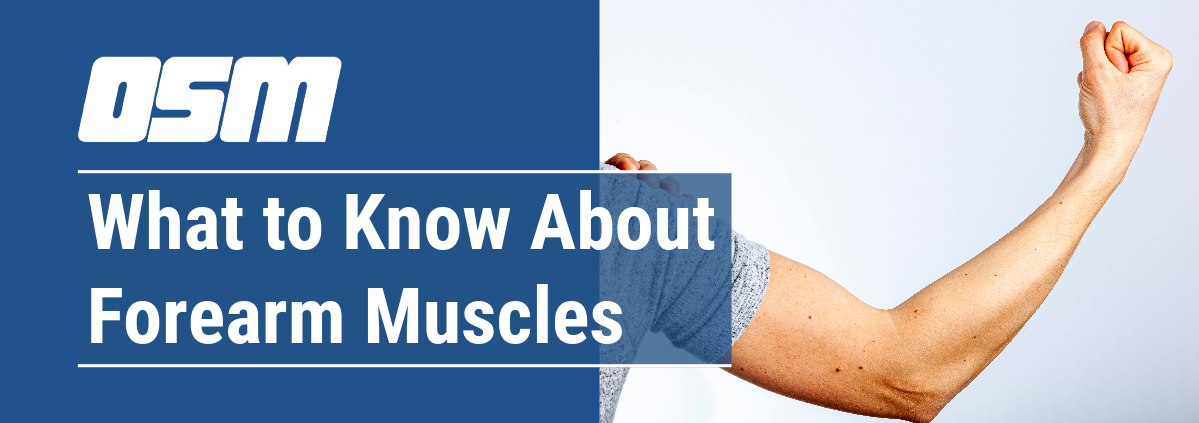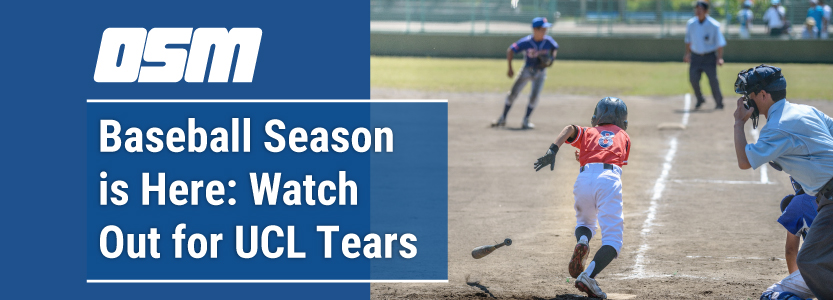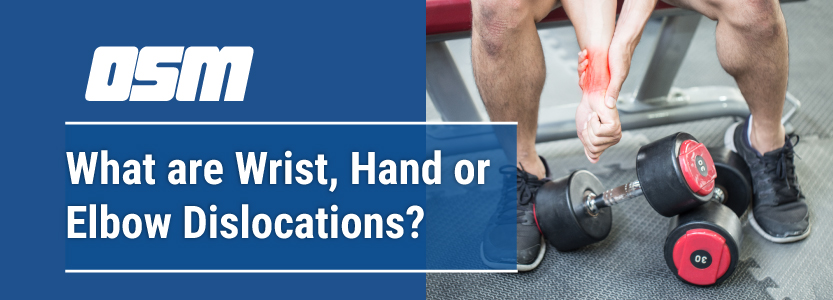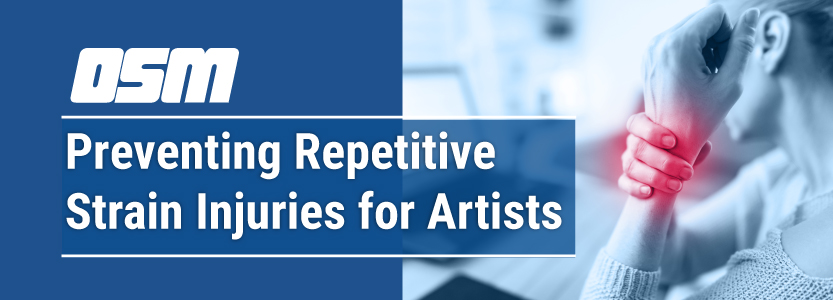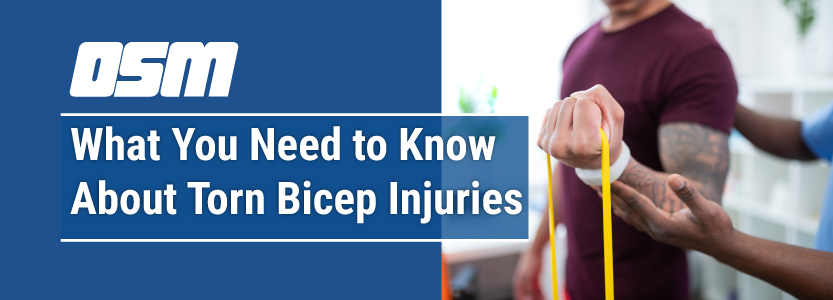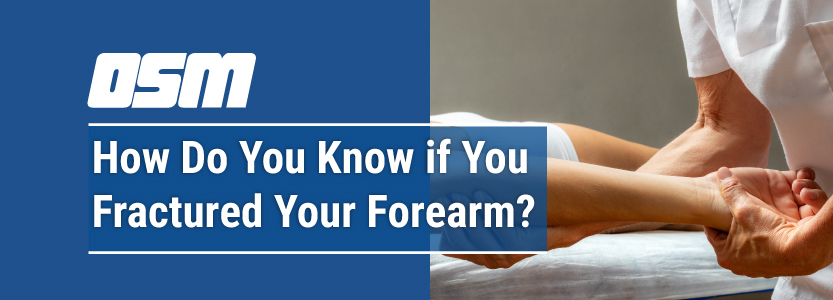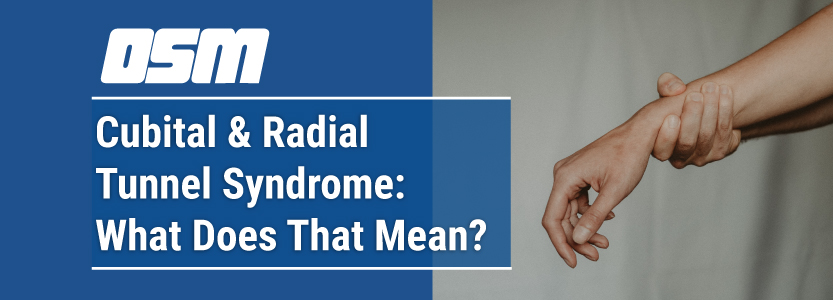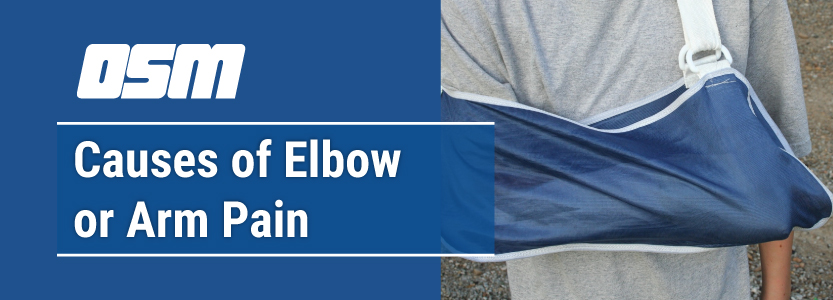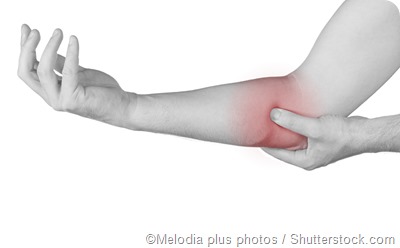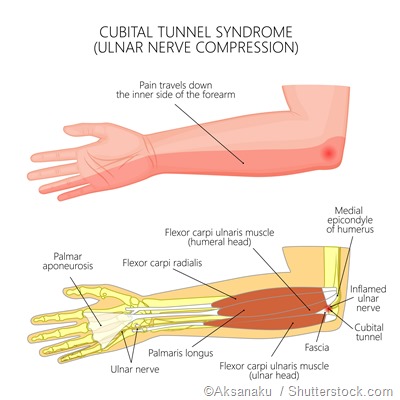Your bicep is the muscle in the front of your upper arm. It helps you bend your elbow and twist your forearm.
Three tendons attach your bicep to bone:
- The long head tendon attaches your bicep to the top of your shoulder socket.
- The short head tendon attaches your bicep to a bump on your shoulder blade called the coracoid process.
- A third tendon attaches your bicep to your radius, which is one of the bones in your forearms.
When you have a torn bicep, one of these tendons is damaged or detaches from the bone. Any of these three bicep tendons can tear.
Types of bicep tendon tear injuries
There are three types of bicep tendon tear injuries, categorized by their location and severity. Tears can also be partial (in which a tendon is damaged) or complete (in which the tendon completely detaches from the bone).
The three types of bicep tendon tear injuries are:
Proximal biceps tendon tear at shoulder
This injury occurs when one of the tendons that attaches the bicep to the shoulder tears. The long head tendon is more likely to tear than the short head tendon. This type of tear often starts as normal tendon fraying, but can also tear if you get injured.
It’s likely that only one part of the tendon will tear in this injury. This means that you can usually continue to use your arm. However, a bicep tendon tear at the shoulder may damage other parts of the shoulder at the same time.
Distal biceps tendonitis and tear at the elbow
A bicep tendon tear at the elbow usually happens when the elbow is pushed straight against a heavy weight. This stress can tear the tendon from the bone, and usually causes a complete tear.
When you tear your bicep tendon at the elbow, your other arm muscles will compensate, so you’ll still have full range of motion. However, your arm will most likely lose strength if the tendon is not repaired. Bicep tendon tears at the elbow are not common. They happen to approximately 3 to 5 people per 100,000 per year. They’re also less common in women. Distal biceps tendonitis is inflammation in the biceps tendon near the elbow. It’s usually caused by normal wear and tear but repetitive motion can make it worse.
Tendonitis (microtears from use)
Tendonitis is the inflammation or irritation of the long head of the bicep tendon. This can cause microtears. As with distal biceps tendonitis, tendonitis of the long head of the biceps tendon is usually due to normal wear and tear, but can also be made worse by repetitive motion. It often happens with other shoulder problems, such as arthritis, shoulder impingement, and chronic shoulder dislocation.
Torn bicep tendon symptoms
Symptoms of a torn bicep tendon include:
- a “pop” or tearing sensation when the injury happens
- warmth around the injury
- swelling
- bruising
- pain or ache at the injury site, and throughout your arm (usually severe at first, and may get better over a few weeks)
- arm weakness
- difficulty turning your palm
- fatigue or increased pain in your arm when you do repetitive activity
- bulge in your upper arm, because the bicep is no longer being held in place (you might also see a gap or indentation in front of your elbow)
Causes of a torn bicep tendon
The two main causes of a torn bicep tendon are injury and overuse. Injuries might be caused by lifting something heavy or falling on your arm. Most tears of the elbow bicep tendon happen because of an injury.
Overuse can cause the tendons to wear down or fray over time. This happens naturally as you age. It may also be made worse by repetitive motion, and is common in people who participate in sports such as weightlifting, tennis, or swimming.
Diagnosing a torn bicep tendon
To diagnose a torn bicep tendon, a doctor will first take a medical history. They’ll ask about your symptoms, whether you had any recent injuries, and when the pain began.
Then they’ll do a physical exam to test your range of motion and strength. During these tests, they’ll see if you have pain or difficulty with certain movements, especially rotations. They’ll also look at your arm for swelling, bruising, or bulging.
A history and physical exam are often enough to diagnose a bicep tendon tear. However, your doctor might also do an X-ray to help rule out any bone injuries, or an MRI to see if the tear is partial or complete.
Torn bicep treatment
Treatment for a torn bicep will mostly depend on how severe the tear is, as well as your overall bicep function and whether you damaged any other body part, such as your rotator cuff. Potential treatments include:
Rest
Taking time off from exercising, lifting, or holding anything heavy — and using your arm as little as possible — can help you recover, especially from overuse injuries. Be sure to avoid any activity that causes pain, even if it doesn’t seem strenuous.
NSAIDs
Nonsteroidal anti-inflammatory drugs (NSAIDs) are over-the-counter medications that help reduce inflammation. They can help reduce the inflammation (the hallmark of tendonitis), as well as help reduce swelling from bicep tears. They can also help reduce the pain you might have from any bicep tendon injuries.
Physical therapy
Physical therapy can help you regain strength and range of motion after a bicep tendon injury. A physical therapist will take you through a series of motions designed to help heal your injury and relieve pain.
A physical therapist or your doctor might also give you exercises to do at home when you’re healed enough to do so. These might include exercises to flex and extend your arm, arm rotations, and strength-building exercises like bicep curls.
Torn bicep surgery
If none of the measures above help your bicep injury heal, or if more than half the tendon is torn, your doctor might recommend surgery to repair the bicep tendon.
Many doctors will recommend surgery as a first-line treatment for bicep tendon tears at the elbow, although surgery can also be done later if other treatments don’t restore range of motion and strength.
Surgery is used to reattach the tendon to the bone. Complications of surgery are rare, but may include arm numbness or weakness. In some people, the tendon can tear again.
Torn bicep tendon recovery time
Recovery time depends on the severity of the bicep tendon tear, as well as type of treatment. Even mild injuries can take at least two months to heal. It often takes four to five months before you can start returning to normal activities.
After surgery, you’ll probably need to wear a sling or otherwise immobilize your arm such as in a splint or cast for four to six weeks. You’ll then have to do physical therapy and exercises to help strengthen your arm and improve range of motion.
Complete recovery from surgery can take up to a year, although most people recover much of their range of motion and strength in four to six months.
Takeaway
Bicep tendon tears can be serious, but many respond to nonsurgical treatment, such as rest and physical therapy. If you think you might have injured your bicep tendon, see a doctor as soon as possible. Getting a diagnosis and treatment early can help you recover more fully.
The Orthopedic & Sports Medicine Center of Oregon is an award-winning, board-certified orthopedic group located in downtown Portland Oregon. We utilize both surgical and nonsurgical means to treat musculoskeletal trauma, spine diseases, sports injuries, degenerative diseases, infections, tumors and congenital disorders.
Our mission is to return our patients back to pain-free mobility and full strength as quickly and painlessly as possible using both surgical and non-surgical orthopedic procedures.
Our expert physicians provide leading-edge, comprehensive care in the diagnosis and treatment of orthopedic conditions, including total joint replacement and sports medicine. We apply the latest state-of-the-art techniques in order to return our patients to their active lifestyle.
If you’re looking for compassionate, expert orthopedic surgeons in Portland Oregon, contact OSM today.
Phone:
503-224-8399
Address
17355 Lower Boones Ferry Rd Suite 100A
Lake Oswego, OR 97035
Hours
Monday–Friday
8:00am – 4:30pm

